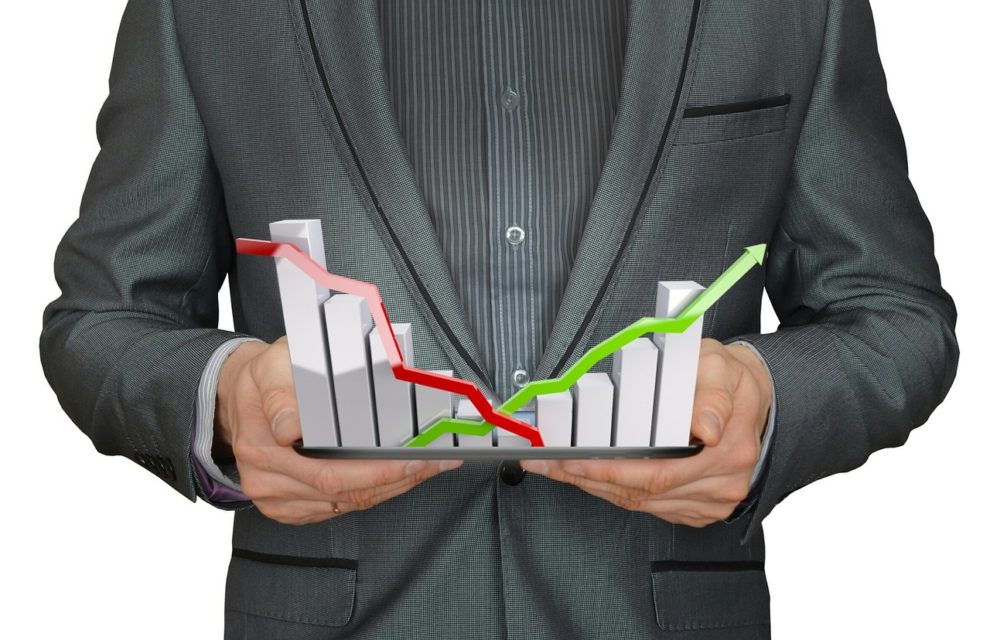Like most investment vehicles, contracts for difference (CFD) trading became increasingly popular during the coronavirus paLike most investment vehicles, contracts for difference (CFD) trading became increasingly popular during the coronavirus pandemic.ndemic.
In fact, interest in CFD trading soared by an impressive 193% in 2020, despite the volatile nature of the medium and the fact that some 82% of CFD customers lose money over time.
But what exactly do we mean by CFD trading, and how does this investment vehicle work? Let’s find out!
What is CFD Trading?
As we’ve already touched on, CFD stands for ‘contract for difference’, which describes a speculative method of trading that enables you to trade the individual price movements of financial instruments such as indices, currencies, shares and commodities.
From a technical perspective, CFD trading establishes a contract between two parties, who enter into an agreement to trade financial instruments according to the difference between the relevant entry and exit prices.
If the closing trade price is higher than the opening one, the seller will have to pay the buyer the difference. This will be the buyer’s profit, but the exact reverse of this scenario will see the seller come off best and bank a return.
How Does CFD Trading Work?
The appeal of CFD trading is immediately obvious, as it enables you to profit regardless of the wider market conditions and without assuming ownership of the underlying financial instrument.
But how exactly do CFDs work in practice? Well, they’re trade in units equal to the “ask” or “bid” price of the underlying asset, with these terms referring to the highest buy price and the lowest sell price respectively.
Initially, you’ll enter into an opening trade within these price parameters, usually through your chosen CFD provider. This creates the open position that you’ll subsequently close out within a predetermined timeframe, using a reverse with the same CFD provider at another price.
If your opening position is a buy or ‘long’ position, you’ll be hoping that the value of the underlying instrument rises within the necessary period of time. In this case, the reverse, closing trade will be a sell, which will theoretically enable you to realise a profit.
Conversely, if the initial trade was a sell or ‘short’ position, the closing trade would be a buy and you’ll be hoping that the financial instrument’s value will depreciate over the course of the CFD agreement.
What’s the Cost of CFDs?
Ultimately, many traders lose money when trading CFDs, as this is a speculative and highly leveraged product that can cause you to lose considerably more than the value of your deposit.
This is why it’s important to control leverage in line with your capital holdings and level of experience, as otherwise you’ll run the risk of incurring huge losses within a relatively short period of time.
When trading CFDs, you’ll also have to pay an initial margin to open the position, while most brokers will require you to maintain at least some minimum margin level for open positions at all times.
As for your commission, this is usually charged as a percentage of the total value of the underlying shares or financial instrument. It’s also typically paid on a per-transaction basis, so you’ll need to factor this in when calculating your potential profit or loss.
There may even be a minimum commission per transaction, but you can check out all of the relevant terms, conditions and charges when registering with your broker of choice.
